Like with anything you choose, your decision will always be based on what factors you value as the home builder or owner. Whether it's cost, performance or quality of workmanship, the following paragraphs will help you to gain a greater understanding when deciding to use corner beads or not.
1. If it's purely about going with the cheapest possible option, then PVC angles are the way to go but, at the expense of a precision set out, overall performance and aesthetic appearance. Given their flimsy disposition and design, unless you are installing them tightly onto the substrate, you would expect significant challenges associated with installation, especially if the substrate handed over, ie, brick, concrete, FC sheet, other modular, etc, is ordinary, which is pretty much the norm these days. There is also poor adhesion of render and paint to them, leading to drummy and hollow corners.
2. If it's about achieving maximum strength and performance, then stainless steel corner beads are your best option for a mid-range cost point. Aesthetically they do not look any better than PVC angles, but they can be installed with a greater degree of accuracy and precision. There is however a stigma attached to them in regards to their reputation to rust, but this is unlikely if they are genuine stainless steel grade corner beads. Be sure to avoid cheaper imitations, they will cost you tens of thousands of dollars years later once they start to rust.
3. And, if it's about showcasing great workmanship and master skills, then in-situ handcrafted corners are the way to go. The corners are set level and plumb using straightedges, spirit levels, plumb bobs, string lines and a hand corner tool to achieve the very best quality finish possible. Although a much pricier option, another downside is the lack of protective strength provided to the corner, meaning they would be more prone to being chipped. And of course the challenge of finding a renderer skilled enough to carry out a job with such high demands.


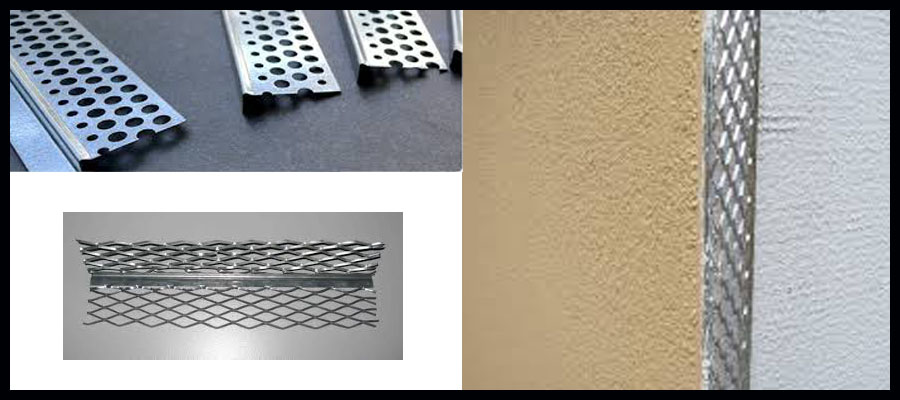

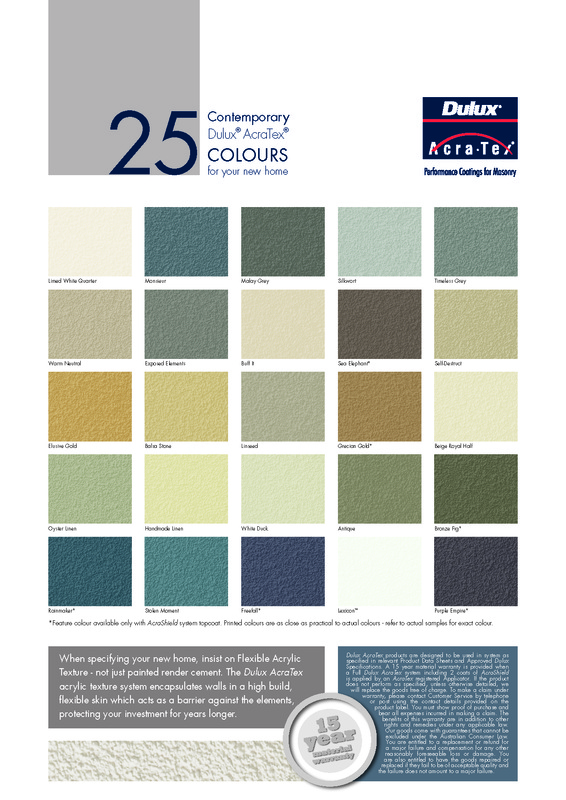
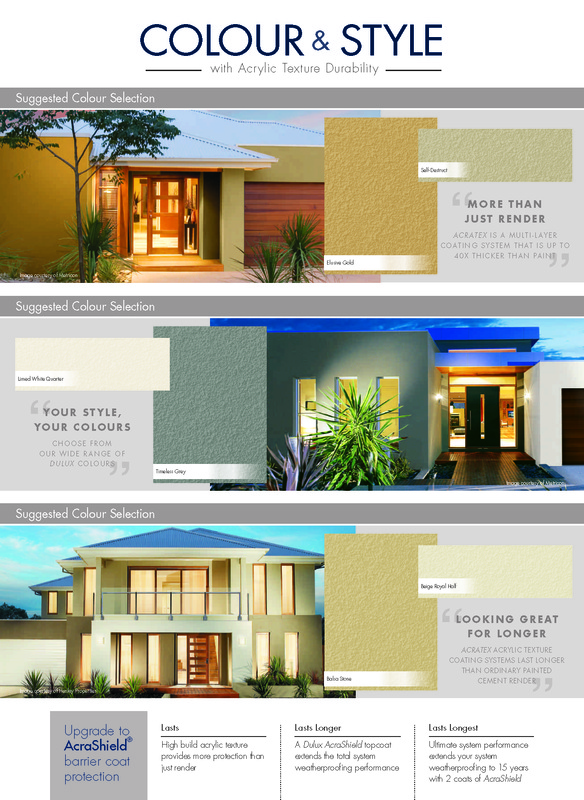
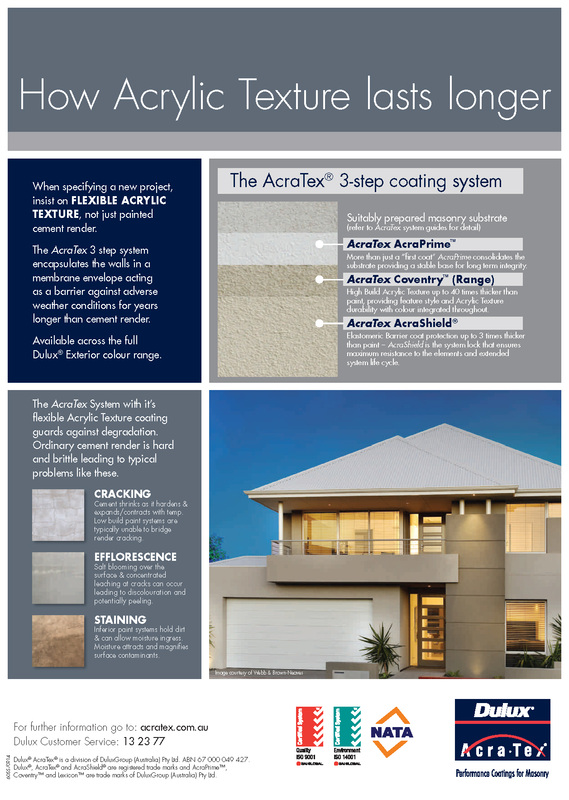

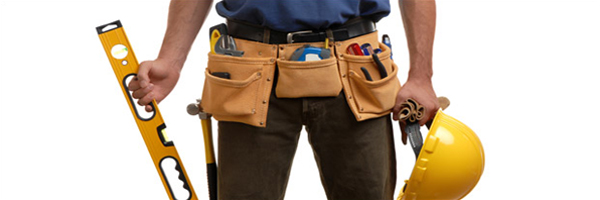
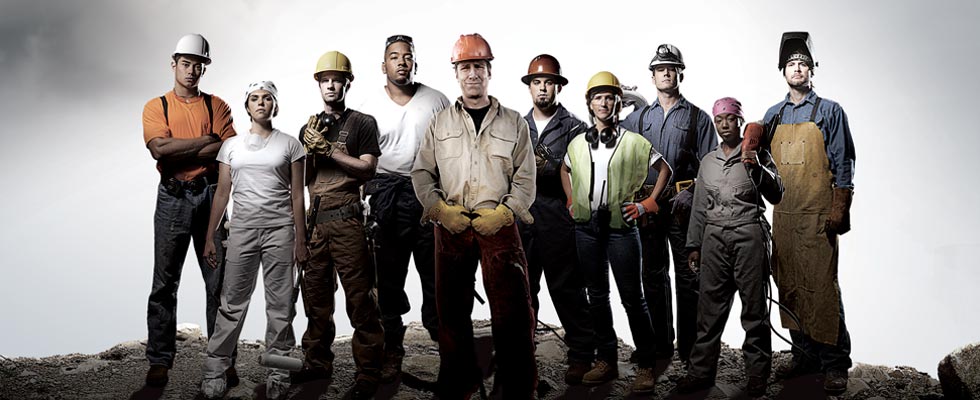
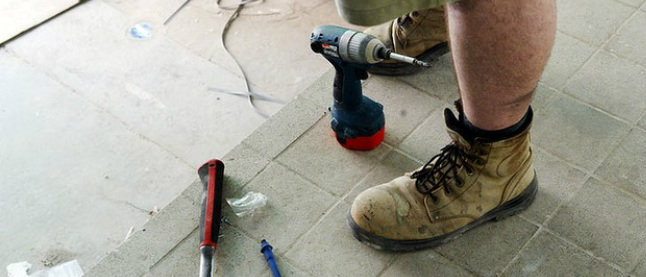


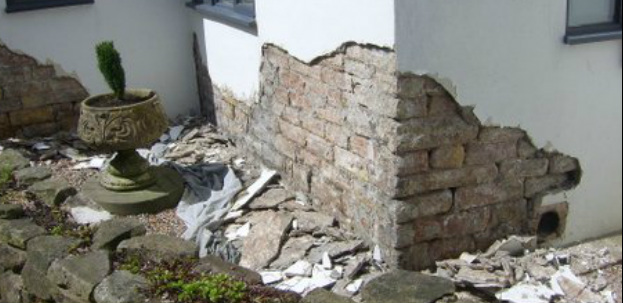
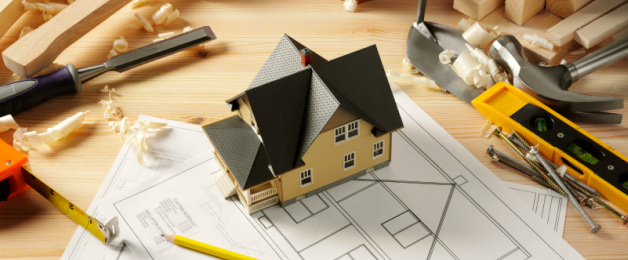

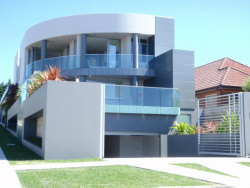
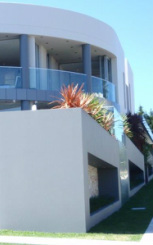

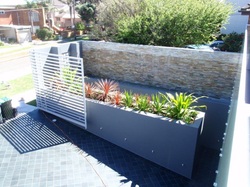
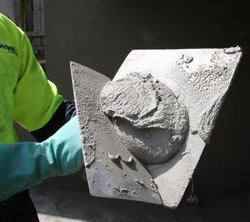


 RSS Feed
RSS Feed






